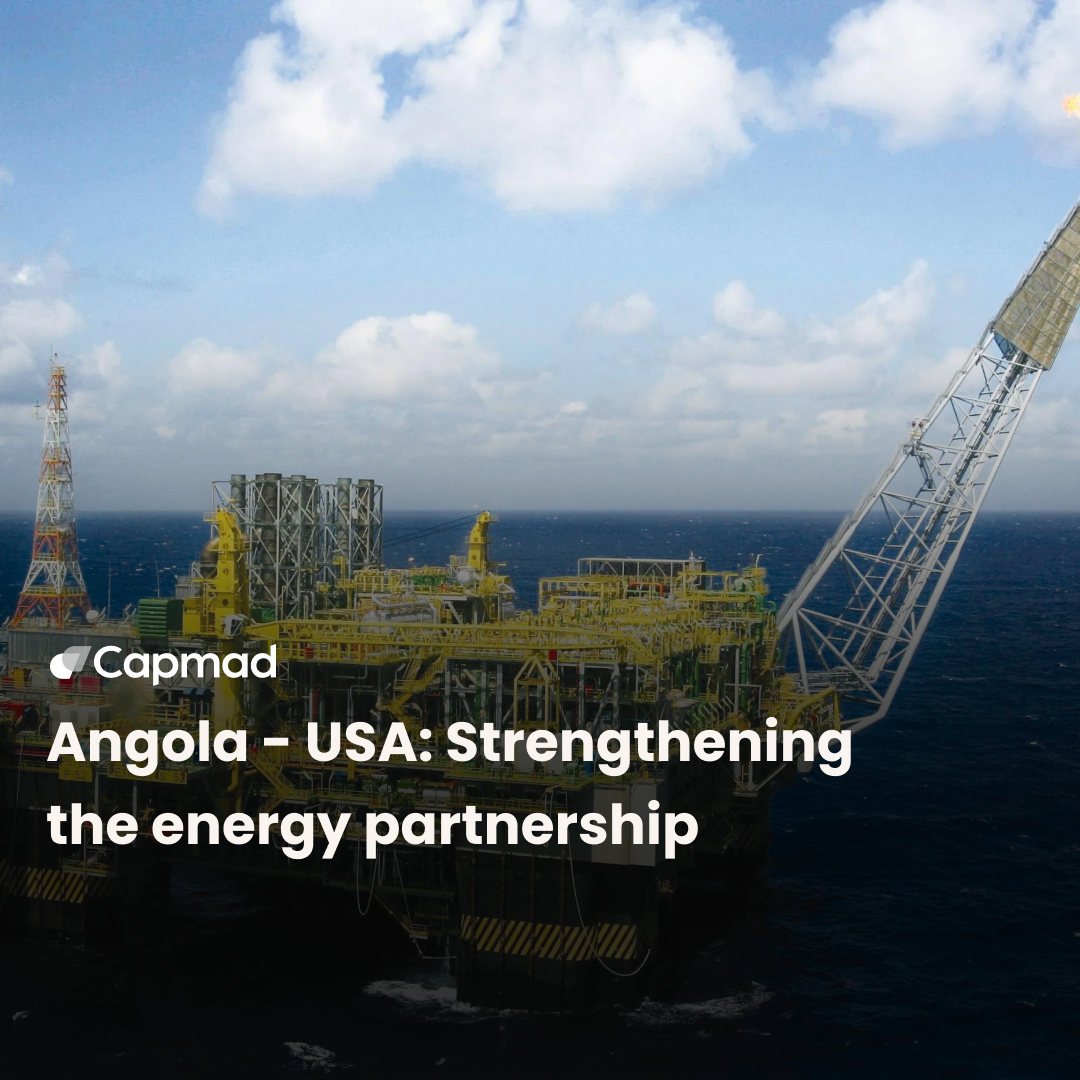The Kalumbila-Kolwezi Interconnector Project (KKIP) is a 330 kV high-voltage power line approximately 200 km long, connecting Kalumbila in Zambia to Kolwezi in the DRC. This project is designed to strengthen regional electricity trade and secure power supplies to copper mines in both countries.
Stabilizing Energy Supply and Attracting Private Investment
This project, estimated at USD 270 million, is in the final stages of financial close, with commercial launch expected in late 2027. It is supported by private financing, notably through Enterprise Power DRC and the World Bank Group’s International Finance Corporation (IFC).
This initiative comes amid a severe energy crisis in Zambia, exacerbated by a historic drought that reduced hydroelectric production, particularly impacting copper mines. The project is also part of a broader effort to strengthen regional electricity interconnections to stabilize energy supply and attract private investment.
What impact will this have on copper mines in the DRC?
The electricity interconnection between Zambia and the DRC will significantly strengthen the electricity supply to copper mines in the DRC, particularly Kamoa-Kakula. This line will increase imported power capacity, which has already supported record copper concentrate production, with stable operations thanks to an increase in available power to approximately 150 MW on site. It also facilitates the launch of Africa’s largest copper smelter, which requires a stable and significant power supply (up to 200 MW for all operations).
This interconnection improves the reliability and quantity of available electricity, which is crucial for local copper production and processing, thus contributing to the growth and modernization of the mining sector in the DRC.
Environmental Benefits of the Power Interconnection
The power interconnection between Zambia and the DRC offers several environmental benefits for copper mines.
It promotes better integration of renewable energy, particularly hydroelectric power, thus reducing dependence on polluting thermal power plants and CO₂ emissions linked to electricity production.
Sharing electrical resources optimizes production and reduces energy losses, thereby reducing overall energy consumption and its environmental impact.
By stabilizing the electricity supply, it avoids the use of energy-intensive and polluting solutions such as diesel generators, which are often used in the event of power outages.
The environmental mitigation measures planned during construction limit the impact on soil, vegetation, and waterways, ensuring a reduced ecological footprint for the project.
Thus, this interconnection contributes to more sustainable mining operations by ensuring a reliable, less polluting, and more efficient electricity supply.






